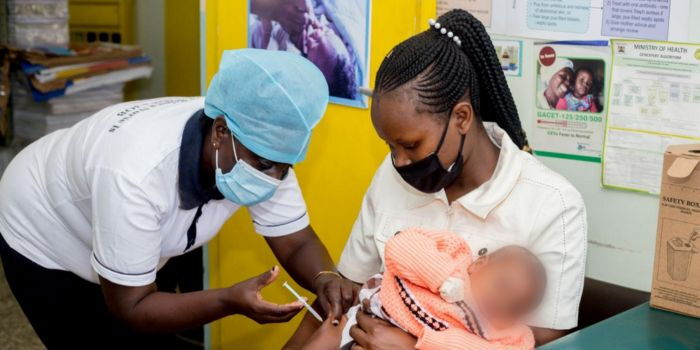Expert Insights on Polio Vaccination

Polio, or poliomyelitis, is a highly infectious viral disease caused by the poliovirus. While it is often associated with paralysis, the virus can also infect children without causing noticeable symptoms, a condition known as asymptomatic polio. These individuals can spread the virus, making them silent carriers and posing a risk to public health. Currently, there is no cure for polio, making vaccination the most effective preventive measure.
Polio vaccination is crucial for preventing the disease, especially in children. Polio manifests in three primary forms: asymptomatic infection, where individuals show no symptoms but can transmit the virus; non-paralytic polio, with symptoms such as fever, headache, vomiting, fatigue, neck stiffness, and limb pain; and paralytic polio, the most severe form, leading to permanent muscle weakness or paralysis, typically in the legs. Paralysis is irreversible, and while physiotherapy may improve mobility, full recovery is rare. Thus, prevention through vaccination is paramount.
Vaccinating children is essential to break the chain of poliovirus transmission, which primarily occurs via the fecal-oral route through contaminated food, water, and poor sanitation. High vaccination coverage within communities prevents the virus from finding new hosts, effectively containing and eradicating it. Polio was eradicated in March 2014, emphasizing the need to maintain vigilance through continued vaccination efforts.
Children, especially those under five, are the most vulnerable to polio. A resurgence of polio due to low vaccination rates can hinder societal development, strain public health systems, and impair productivity. Two main types of polio vaccines are used: the Oral Polio Vaccine (OPV), a live, attenuated vaccine given orally, which protects vaccinated children and builds herd immunity by spreading to others through stool; and the Inactivated Polio Vaccine (IPV), given as an injection, containing a killed version of the virus, which is safe and effective without the risk of vaccine-derived polio.
Pulse immunization drives are critical, ensuring that every child under five receives the vaccine, even if they are already following the routine national immunization schedule. These additional doses are administered in response to suspected cases or potential threats in the community to prevent the spread of infection. Ring immunization is implemented when there is a suspected case, while pulse immunization is given regularly regardless of cases.
The recommended polio vaccination schedule typically includes a combination of OPV and IPV. At birth, a child receives one dose of OPV. IPV injections are given at 6, 10, and 14 weeks. A booster dose is administered at 18 months, with an additional dose at 5 years in areas with poor hygiene or outbreak risk. By 18 months, children should have completed the primary vaccination schedule. Continued surveillance and booster doses, particularly in high-risk areas, are vital to prevent any resurgence of polio.
You may also like...
Diddy's Legal Troubles & Racketeering Trial

Music mogul Sean 'Diddy' Combs was acquitted of sex trafficking and racketeering charges but convicted on transportation...
Thomas Partey Faces Rape & Sexual Assault Charges

Former Arsenal midfielder Thomas Partey has been formally charged with multiple counts of rape and sexual assault by UK ...
Nigeria Universities Changes Admission Policies

JAMB has clarified its admission policies, rectifying a student's status, reiterating the necessity of its Central Admis...
Ghana's Economic Reforms & Gold Sector Initiatives

Ghana is undertaking a comprehensive economic overhaul with President John Dramani Mahama's 24-Hour Economy and Accelera...
WAFCON 2024 African Women's Football Tournament

The 2024 Women's Africa Cup of Nations opened with thrilling matches, seeing Nigeria's Super Falcons secure a dominant 3...
Emergence & Dynamics of Nigeria's ADC Coalition

A new opposition coalition, led by the African Democratic Congress (ADC), is emerging to challenge President Bola Ahmed ...
Demise of Olubadan of Ibadanland
Oba Owolabi Olakulehin, the 43rd Olubadan of Ibadanland, has died at 90, concluding a life of distinguished service in t...
Death of Nigerian Goalkeeping Legend Peter Rufai

Nigerian football mourns the death of legendary Super Eagles goalkeeper Peter Rufai, who passed away at 61. Known as 'Do...




